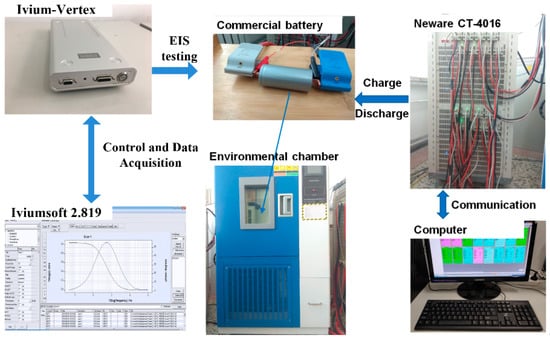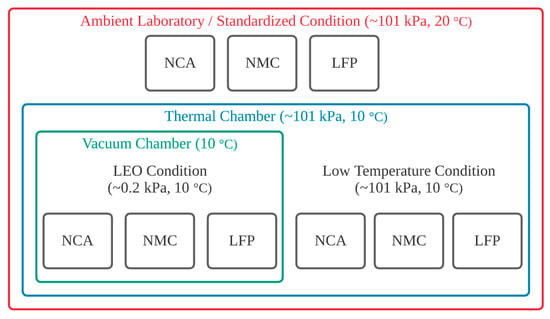We are getting drilled in by Will and other people knowledgeable about the subject - do not charge below freezing.
Like every other knowledge - that piece of advice has an expiration date - since technology moves on.
There are more and more manufacturers are coming out - saying - we don't do low temperature -cut off, but low temp charge limitation.
"When charging lithium iron phosphate batteries below 0°C (32°F), the charge current must be reduced to 0.1C and below -10°C (14°F) it must be reduced to 0.05C. Failure to reduce the current below freezing temperatures can cause irreversible damage to your battery. "
How do LiFePO4 batteries perform in cold temperatures?

www.relionbattery.com
Can be charged at temperature down to -20°C for cold weather use (sub Zero version)
How to correctly charge your Lithium Battery is a frequently asked question. By following this simple guide, you will have all the knowledge to look after your battery efficiently!

dcbattery.tech
My first chemistry question was when looking deeper into the subject - why is everyone focused on the freezing point of water? There is no H2O in common LFP chemistries. Every solution has a different freezing point - it would be quite a coincident that all batteries are freezing a 32F 0C.
My potential unpopular opinion on the subject:
All that public bashing on missing low temp CUTOFF is leading manufacturers to not develop low temperature chemistries.
There is still research going on low temp charging , but not as much as there could be, with the single minded focus of the DIY video publishing community - in ripping batteries apart and putting sensors ins freezing WATER and waiting for the current to drop to zero.
By taking a cylindrical LiFePO4 power battery as the research object, the cycle performance test was conducted under different charging current aging paths in a preset low-temperature environment and combined with EIS results to analyze the dynamic characteristics of the battery during the aging...

www.mdpi.com
When you look at various scientific studies - you can see that the effect on LFP is gradual.
View attachment 182635
It essentially means - +1C is not massively safer then -1C Zero is just random value chosen for familiarity.
A wide variety of commercial cylindrical lithium-ion batteries are available for use in nanosatellites (CubeSats) that cycle in low Earth orbit (LEO). This space application differs greatly from the conditions used to create the manufacturer datasheets that CubeSat teams rely on to screen cell...

www.mdpi.com
Fluorinated Solvent Molecule Tuning Enables Fast-Charging and Low-Temperature Lithium-Ion Batteries
Yanbing Mo,
Gaopan Liu,
Yue Yin,
Mingming Tao,
Jiawei Chen,
Yu Peng,
Yonggang Wang,
Yong Yang,
Congxiao Wang,
Xiaoli Dong,
Yongyao Xia"
-20C is bad for Lithium - do not get me wrong - that will kill current chemistries pretty fast. But 0C is a rather arbitrary cutoff in my opinion.
Lets get the debate up and point out the flaws in my Thesis.








![IMG_1910[1].JPG IMG_1910[1].JPG](https://diysolarforum.com/data/attachments/215/215549-e01a896c4ea819c9ba06bd3fa9336768.jpg)
![IMG_1899[1].JPG IMG_1899[1].JPG](https://diysolarforum.com/data/attachments/215/215550-6d9738e2d546630d277e3e4d50632f14.jpg)